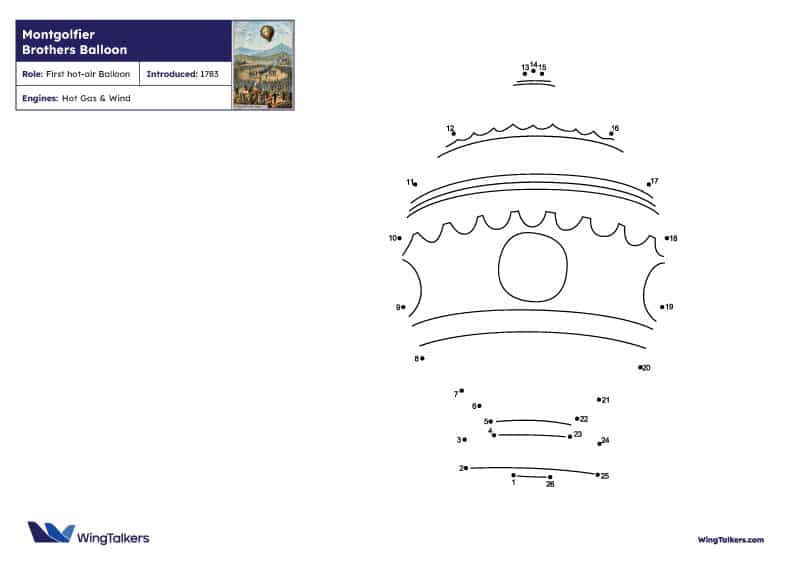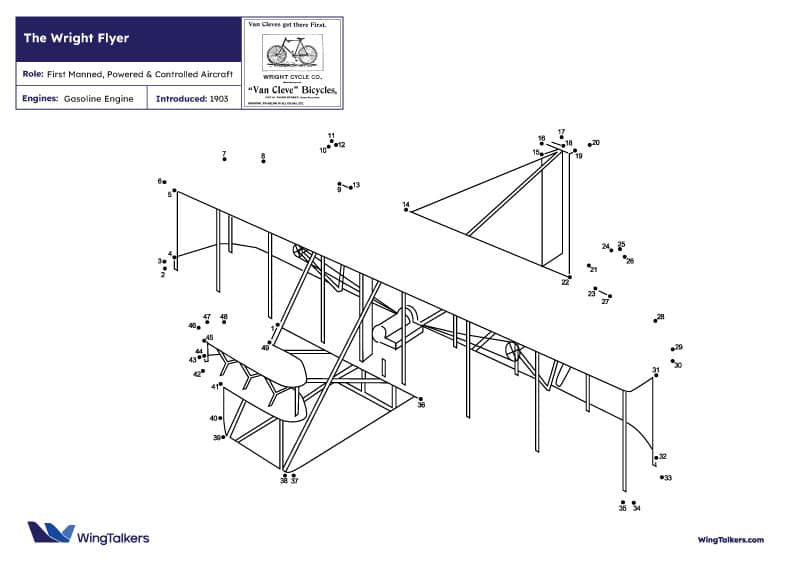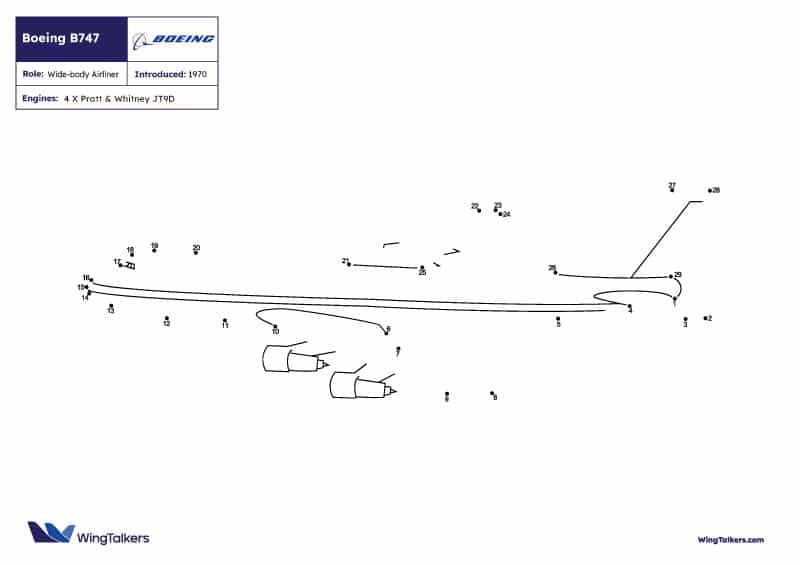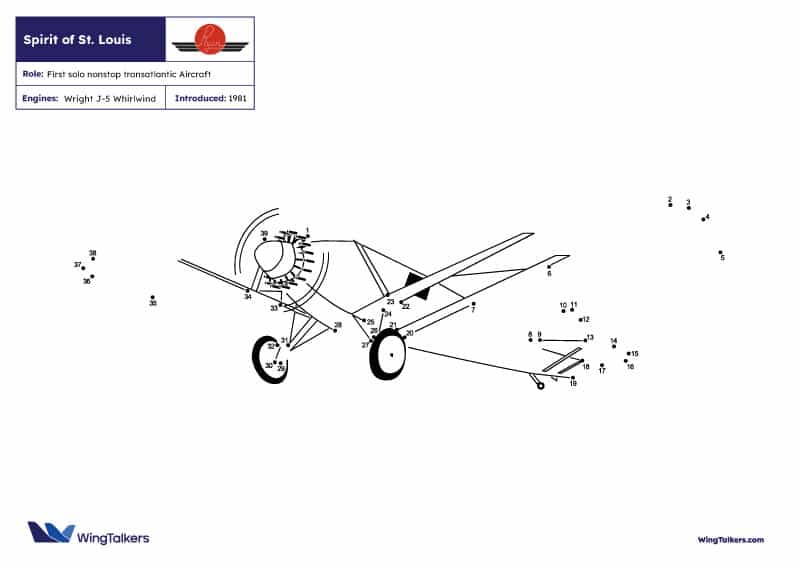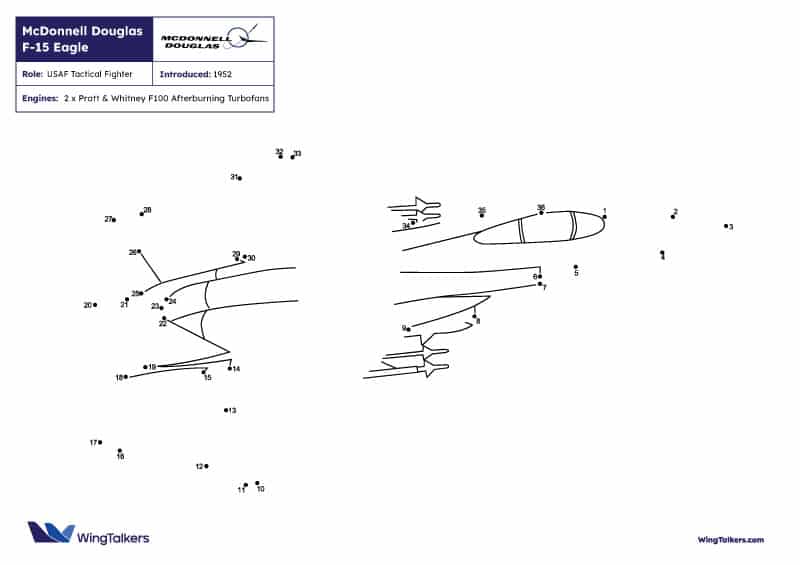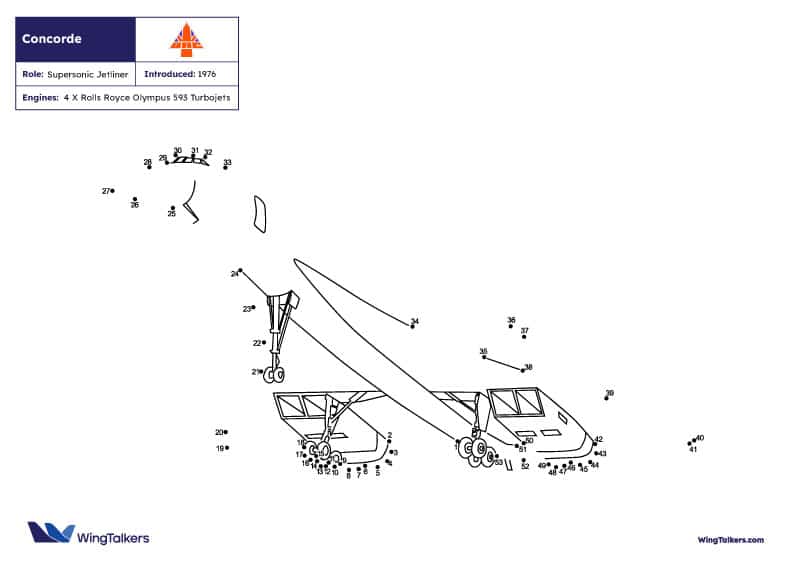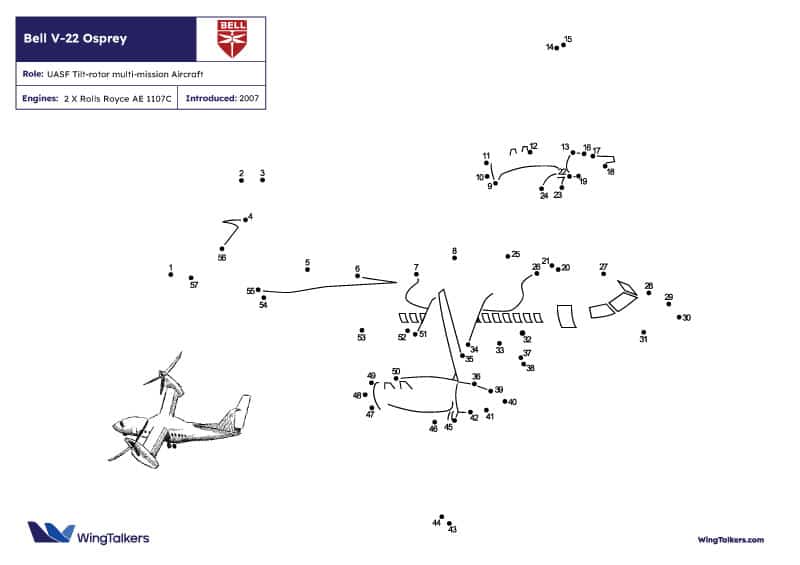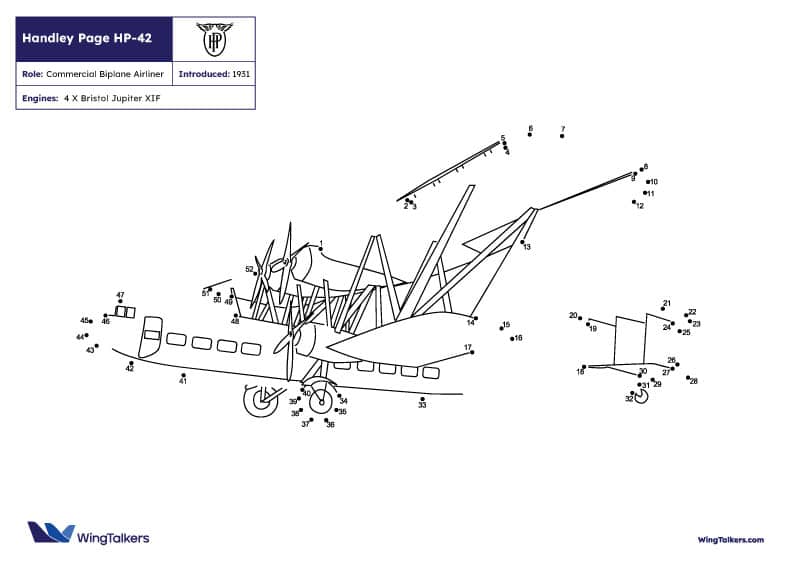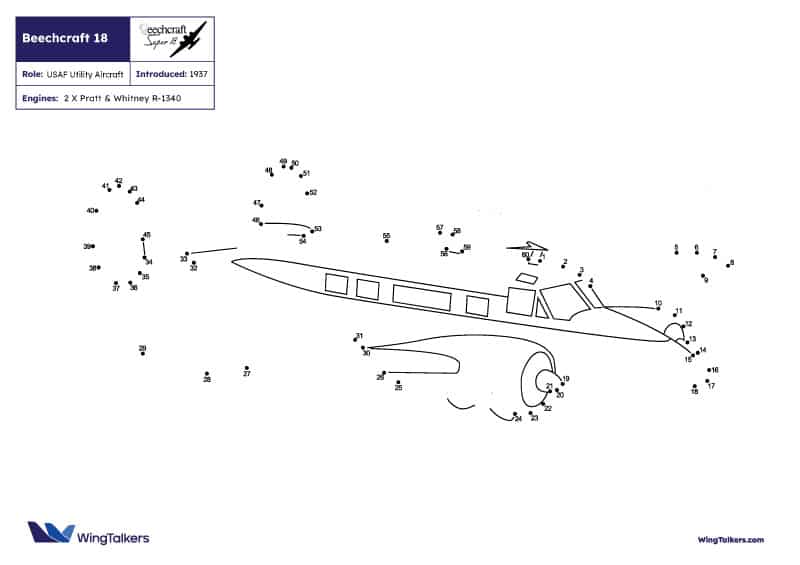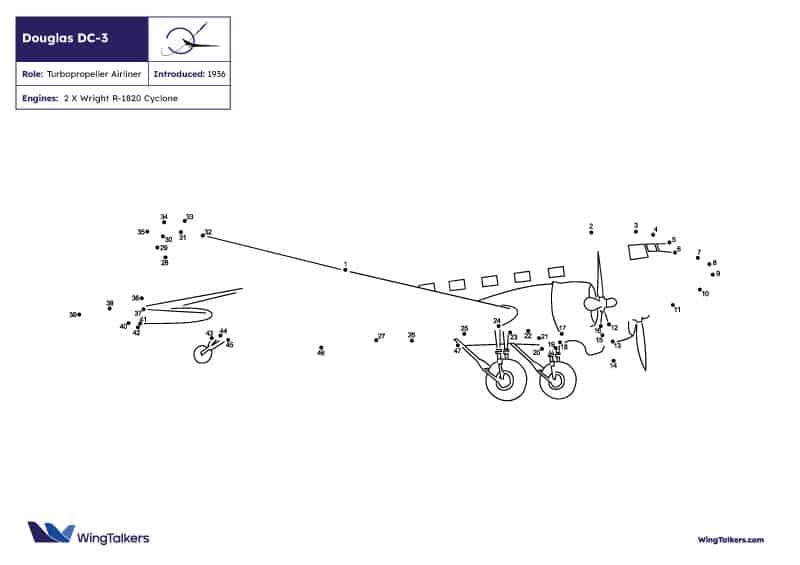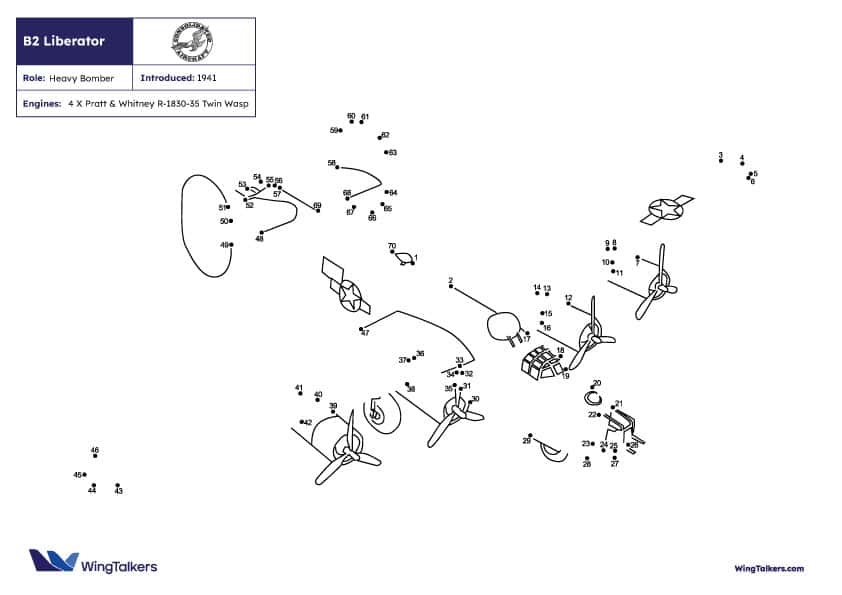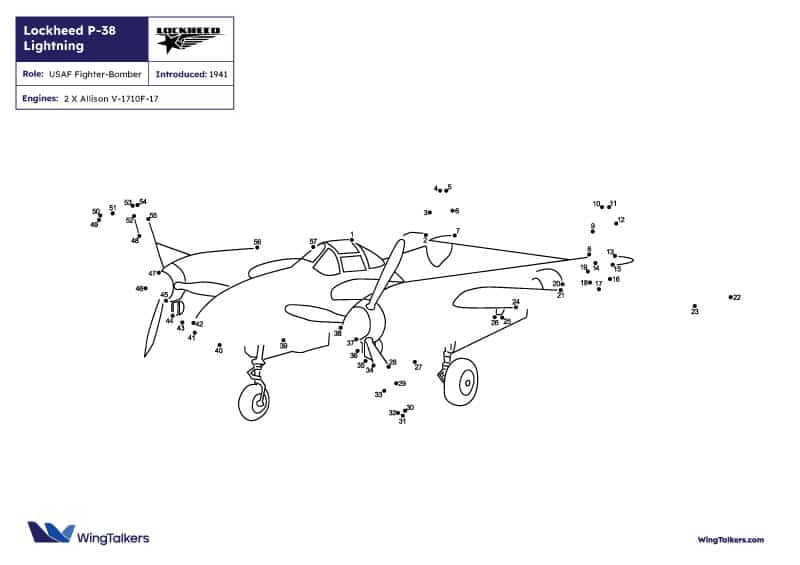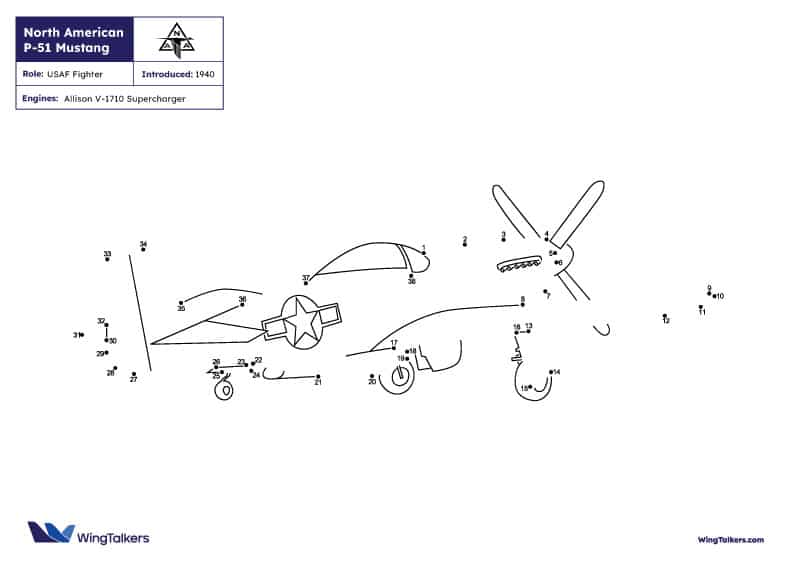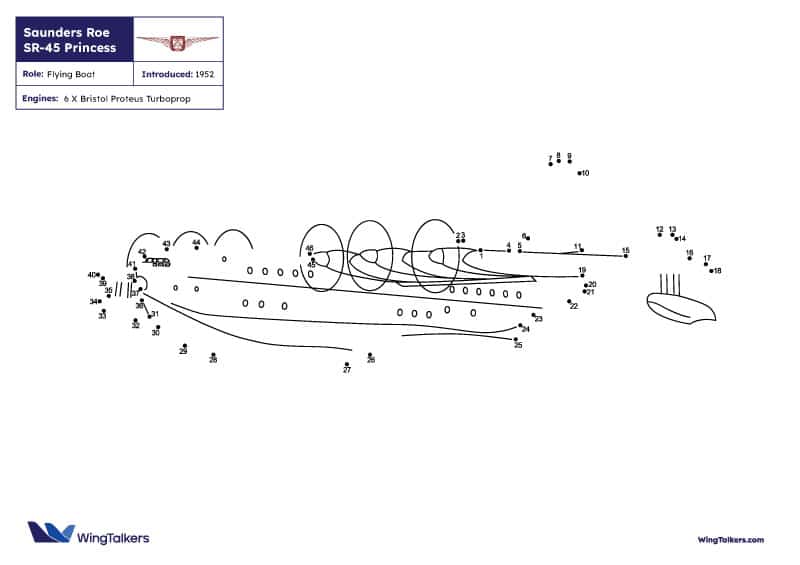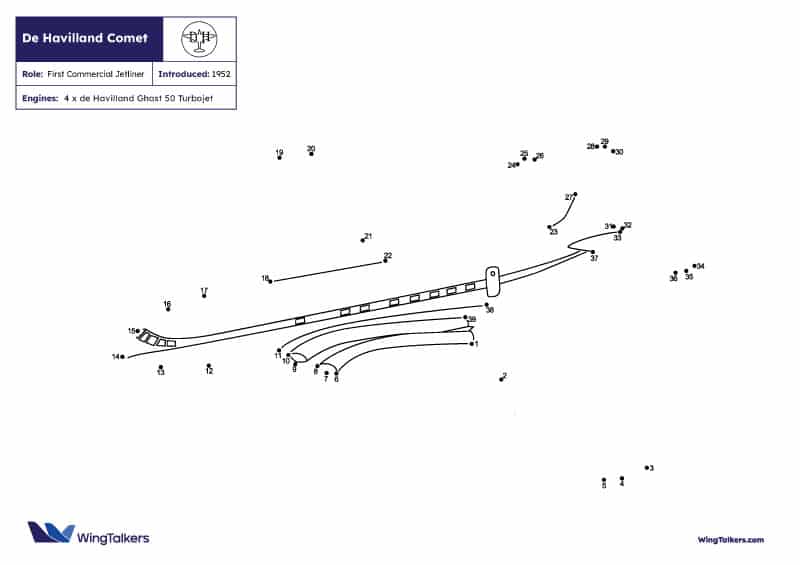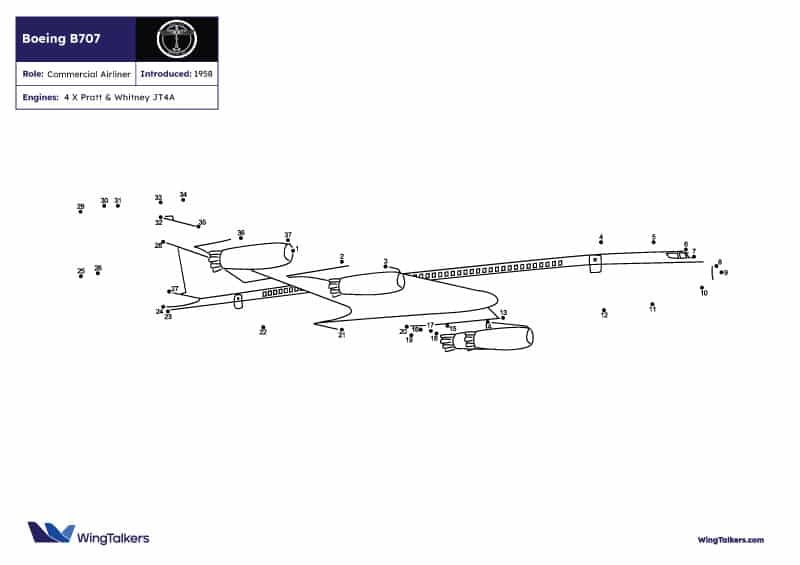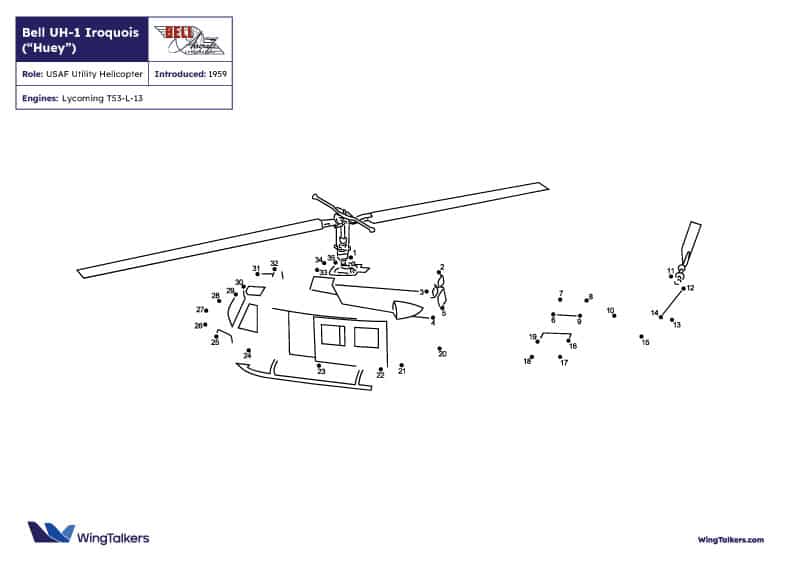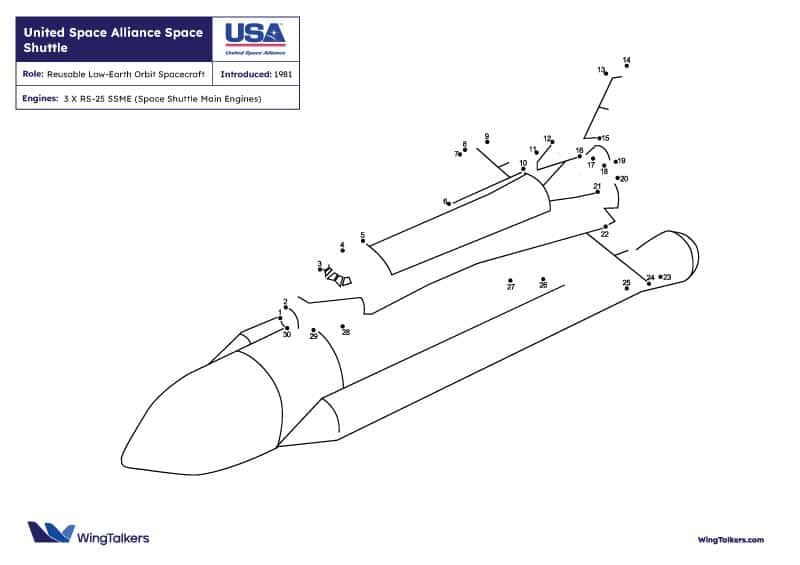Aircraft Dot to Dot Printables: Engaging Aviation Puzzles for Kids
Explore the Skies with Our Aircraft Dot-to-Dot Printables
Printable Dot-to-Dot Puzzle sheets may appear old-fashioned to some, but let’s delve into how young minds operate. Beyond being a tool for counting practice and honing tracing skills, a simple Dot puzzle serves as a dynamic storytelling device.
Children actively participate in the creation and unveiling of the puzzle, contributing to the narrative as they connect the dots and bring the aircraft to life. It’s a multi-faceted and engaging approach that not only fosters cognitive skills but sparks creativity and imagination in the process.
STEM Practice Sheets
The excitement lies in the hidden picture and the eagerly anticipated reveal! Utilizing basic counting skills to craft captivating images, dot-to-dot puzzles offer a unique way to unveil intricate aircraft shapes and designs. The enduring popularity of these puzzles is rooted in their ability to engage the brain, activating the very regions that later evolve into essential STEM skills. As an aviation site, our collection spans airships, aircraft, and helicopters from various eras, providing enthusiasts with a fascinating journey through the rich tapestry of aviation history..
The Montgolfier Balloon Dot to Dot
Joseph and Etienne Montgolfier constructed this balloon with paper lining and linen. To avoid risking human life, they chose a sheep, a duck, and a rooster as the first living beings to soar beneath the Montgolfier hot-air balloon.
In front of the French Royal Family, the court, and 130,000 onlookers at Versailles, the balloon was launched on September 19, 1783. Later that year, a Montgolfier hot-air balloon achieved its first manned flight in Paris. Pilatre de Rozier and Francois Laurent (the Marquis d’Arlandes) took off and flew for twenty-five minutes around Paris, covering a distance of slightly more than five miles.
The Wright Flyer Dot Puzzle
The Wright Brothers’ 1903 Flyer, a masterpiece crafted from wood, wire, and fabric, embodied expert craftsmanship, imaginative engineering, and superb design. The Flyer featured a gently curved, drooping wingspan of forty-four feet, with a 140-pound, 12-horsepower engine positioned on the lower wing to the right of the center.
To compensate for the weight imbalance from the engine, Wilbur and Orville increased the lift capability of the right wings by four inches compared to the left. The pilot’s position was on the lower wing, lying prone while in flight, situated to the left of center. On December 17, the Wright Flyer completed four flights, totaling 98 seconds. Despite being hampered by strong winds later that day, the Bicycle makers unknowingly marked the beginning of aviation history.
Boeing B747 Dot to Dot Worksheets
Designed for long-haul flights, the four-engine 747 accommodates 499 seats. The Boeing B747 boasts a wingspan of over 195 feet and a passenger cabin exceeding 19 feet in width, necessitating almost an acre of parking space. The plane’s massive 18-wheel landing gear system plays a crucial role in evenly distributing its weight of 390 tons on the runway.
On February 9, 1969, the Boeing 747 underwent its first test flight. With a speed of 560 miles per hour and a range of about 8,000 miles, the 747 stands as a testament to aviation engineering and capabilities.
The Spirit of St. Louis Dots Worksheet
On May 21, 1927, Charles Lindbergh achieved the historic milestone of becoming the first pilot to fly solo across the Atlantic Ocean, covering 3,610 miles in 33 and a half hours from New York. Hailing from Little Falls, Minnesota, Lindbergh, a 25-year-old professional pilot, showcased exceptional navigation skills and a natural aptitude for flying.
The specially constructed Ryan NYP (New York-Paris) monoplane, powered by a single 237-horsepower Wright Whirlwind engine, played a pivotal role in this achievement. Remarkably, the Spirit of St. Louis, planned and constructed in just two months, would go on to become one of the world’s most renowned aircraft.
F-15 Eagle Dot to Dot Puzzle
Introduced in 1970, the F-15 Eagle stands out as a versatile air-superiority fighter with a potent ground attack capability. Armed with a 20-mm cannon and eight Sidewinder and Sparrow missiles, the Eagle can achieve a top speed of over 1,650 miles per hour, courtesy of its twin 23,180-pound-thrust Pratt & Whitney engines.
Contrary to the past where pilots might have exaggerated, the F-4 Phantom could manage about 70 degrees, and the F-86 Sabre around 45. However, the Eagle defied conventional limits, capable of reaching supersonic speed by standing on its tail and taking off straight into the sky. Within two minutes, it could ascend to 60,000 feet, surpassing 11 miles above sea level.
Concorde Dot Number Puzzle
Entering service in 1976, the supersonic Anglo-French Concorde boasts an impressive range of 3,050 miles at twice the speed of sound. Its tanks were designed to hold an extraordinary 34,000 gallons of fuel. To manage the plane’s center of gravity during flight, a dizzying system of pumps and valves transferred the fuel’s weight to auxiliary tanks located both forward and rearward as the fuel was consumed.
Inside the Concorde’s narrow fuselage, up to 100 people were seated four abreast. Tiny screens, known as Machmeters, fixed to the cabin walls displayed the plane’s speed as they traversed the skies at Mach2.
V-22 Osprey Tilt Rotor
A tiltrotor transport aircraft that can take off like a helicopter by tilting its rotors upward The Tiltrotor aircraft is predicted to reach speeds of more than 300 miles per hour when flying level.
The Handley Page HP42 Dot to Dot Worksheets
In airline service from 1931 to 1941, the colossal four-engined Handley Page H.P. 42 left an indelible mark. Only two were ever constructed: the Hercules, designed to accommodate 38 people, and the Hannibal, with a capacity for 24 passengers. Featuring wall-to-wall carpeting and a stand-up bar, the H.P. 42 epitomized elegance, showcasing a fuselage nearly as long and broad as a railroad car.
The cabin boasted large windows providing an expansive view, and it introduced a new innovation by being partially soundproofed. Despite being unable to match the speed of trains due to its “built-in headwinds,” pilots humorously noted that the H.P. 42 offered an unusual level of safety as it could only land at a speed of fifty miles per hour.
The Beech 18 Dots Worksheet
Taking its maiden flight in January 1937, the Beech 18 swiftly became a prominent regional aircraft, maintaining its status for more than three decades. With over 32 variants produced, the Beech 18 stood out for its cost-effectiveness, ease of maintenance, and cabin comfort, rivaling airliner models in terms of safety.
Capable of operating from small, unimproved airports featuring grass runways, the Beech 18 could cover slightly more than 1,000 miles at cruising speed. The Beechcraft Super H18 model, the final Beech 18 to roll off the factory on November 26, 1969, boasted a range of just over 1,500 miles and a cruise speed of 220 mph.
Douglas DC3 Dots Worksheets
The Douglas DC-3, a symbol of aviation excellence, boasts a rich history that began with its inaugural flight in 1935. Swiftly emerging as a game-changer in the aviation industry, the DC-3 gained renown for its durability and versatility. Its twin-engine configuration and sleek, streamlined fuselage were distinctive features that contributed to its success both as a military transport aircraft during World War II and as a commercial airliner.
The DC-3’s impact on air travel development is noteworthy, attributed to its ability to operate across various terrains. With a timeless design and enduring functionality, the Douglas DC-3 stands as a testament to the innovation of its era, embodying a legacy of excellence in aviation.
B24 Liberator Fun Worksheet
More Consolidated B-24 Liberators were produced than any other American aircraft during World War II, totaling 188. With ten crew members, the B-24 could carry 8,800 pounds of bombs. With a top speed of 290 miles per hour and a range of 2,100 miles, it was propelled by four 1,200-horsepower Pratt & Whitney radial engines. It was equipped with ten defensive machine guns. The main landing gear folded up between the engines, and the aircraft’s slender 110-foot-long wing held 2,364 gallons of fuel.
P-38 Airplane Dot Worksheets
Operating on two 1,425 horsepower liquid-cooled engines, the P-38 could reach a maximum speed of 414 miles per hour. Its nose was equipped with a 20-mm cannon and four machine guns. More Japanese aircraft were shot down by the P-38 than by any other American fighter during World War II. It was the high-altitude interceptor of its time.
P-51 Mustang Dot Worksheets
The P-51 was an excellent fighter aircraft with six machine guns mounted on its wings, a maximum speed of 437 miles per hour, and unparalleled maneuverability. With over 15,000 produced, the Mustang is one of the most well-known aircraft from modern warfare, save the Spitfire.
Saunders-Roe Princess
Possibly the closest the civil flying-boat got to post-war success was when it launched on August 22, 1952, as the Saunders-Roe Princess. This imposing ten-turboprop behemoth was built to transport 105 people across the Atlantic at 385 miles per hour in luxurious ocean liner style. Regretfully, the three Princesses that were constructed were never put into service because the British Overseas Airways Corporation (BOAC) lost interest in maritime aircraft.
De Havilland Comet Dot Puzzle
1952 saw the Comet usher in a new era of aviation history with its sleek, 93-foot-long fuselage. It had a revolutionary swept 115-foot wingspan, and cruising speed of just under 500 miles per hour. With its four 4,500-pound-thrust turbojet engines, the Comet was the fastest commercial aircraft available at the time.
The Comet’s exceptionally smooth ride was made possible by its vibration-free jet engines and the fact that it passed well above most turbulence. The Comet could travel 1,750 miles on fuel thanks to its 7,500-gallon wing tanks.
Boeing B707 Dot To Dots Puzzles
When the B707 debuted in 1958, its 145-foot-long fuselage, 130-foot wingspan, and 257,000-pound weight made it the largest airliner in the world. It was also the fastest, at 535 miles per hour. There is room in the 707’s cabin for up to 130 people and had wings that could flex in choppy air and were swept back 35 degrees. The wings held 17,000 gallons of fuel, which was sufficient for a nonstop flight across the United States.
Because the engines were positioned below the wings, the lifting efficiency of the wings was increased, and engine maintenance was made easier. In short order, the 707 emerged as the most popular long-haul aircraft in the world.
Bell UH-1 Huey Dots Picture
The military potential of the helicopter was first recognized during the Korean War, but it was not fully realized until the Vietnam War. Out of all the military helicopters produced, none is more widely used than the Bell UH·1, popularly referred to as the “Huey”. Thousands of these helicopters began flying every day in all kinds of weather to carry out an endless number of tasks starting in 1962.

